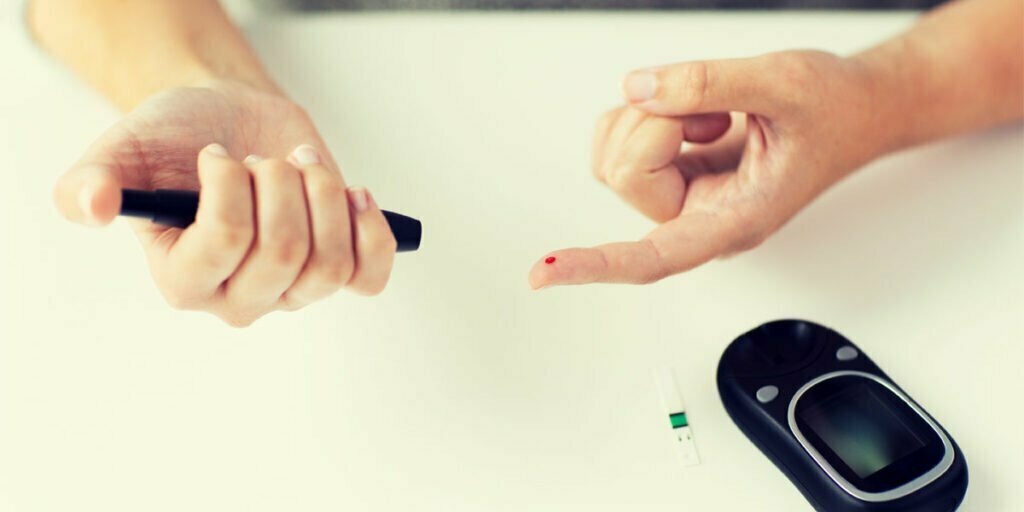In adults, diabetes is the primary cause of new incidents of blindness. As the population grows, this is becoming a more significant issue. As the number of people living with diabetes rises, so does the number of people with vision problems. Diabetic retinopathy is an eye disease caused by diabetes. A recent CDC research found that diabetic retinopathy was prevalent, affecting nearly everyone with diabetes. Diabetic retinopathy affects 4.2 million individuals, with 655,000(1) having vision-threatening diabetic retinopathy Let’s look at some FAQs about diabetic retinopathy such as its symptoms, risk factors, treatment, and how Remote Patient Monitoring can help you manage your health.
What are the symptoms of diabetic retinopathy?
You may not notice any symptoms in the early stages of diabetic retinopathy. As the illness worsens, you may experience:
- Spots or black strings appear in your field of view (floaters)
- Vision is hazy
- Vision that shifts
- Areas of your view that are dark or vacant
- Loss of vision
What are the risk factors?
- Having diabetes for several years
- Your blood sugar level is out of control
- Blood pressure problems
- High cholesterol levels
- Pregnancy
- Tobacco consumption
How to reduce your risk of diabetic retinopathy?
You can lower your chances of having diabetic retinopathy or preventing it from worsening by:
- Keeping your blood sugar, blood pressure, and cholesterol levels under control
- following your diabetes treatment plan
- attending all of your scheduled screenings
- If you detect any changes in your vision, seek medical help as soon as possible.
- Maintaining a healthy weight, eating a nutritious, well-balanced diet, exercising regularly, and quitting smoking are all important factors to consider.
How to diagnose diabetic retinopathy?
- Test of visual acuity. The standard eye chart exam assesses central vision at various distances.
- A routine test that measures the pressure inside the eyes.
- The pupil dilates. The pupil of your eye is expanded using eye drops for a closer look at the lens and retina.
- A procedure in which your doctor examines your retina with powerful magnifying equipment.
- Angiography with fluorescein. A test involves injecting an organic dye into the bloodstream to reveal the blood vessels in the eye. This happens while photos are taken using a special camera, showing your doctor if the blood vessels are leaking or not supplying parts of the retina.
- Optical coherence tomography. Light waves are utilized to create detailed retina photographs in this test.
How to treat diabetic retinopathy?
If advanced retinopathy is treated before the retina is significantly damaged, people with advanced retinopathy have a fair chance of retaining their eyesight. One or a combination of the following treatments may be used to treat diabetic retinopathy:
- Surgery with lasers. This medication is commonly used to treat proliferative retinopathy and macular edema. It entails either reducing aberrant blood vessels or closing those that are leaking.
- The jelly-like substance (vitreous) that occupies the center of the eye is removed during vitrectomy surgery. A balanced saline solution is used to replace the vitreous.
- Certain drugs can be injected into the eye to treat macular edema and decrease the formation of aberrant retinal vessels.
How Remote Patient Monitoring can help?
Remote Patient Monitoring or RPM is the collection of physiological data of the patient using medical devices and mobile application. Doctors can get access to patient data from afar, allowing them to monitor their patients’ health condition and provide timely medical intervention if needed.
Remote patient monitoring is designed to monitor, report continuously, and analyze self-monitored blood glucose readings, insulin injections, and other patient behaviors such as medication use, physical activity, and food consumption for people with diabetes. Providers can then use this information to launch personalized, just-in-time therapies for patients with diabetes.
Takeaway
Diabetic retinopathy is a consequence of diabetes that damages the retina at the back of the eye due to excessive blood sugar levels. If left misdiagnosed and untreated, it might result in blindness.
Remote Patient Monitoring can help you play an active role in managing your own health while staying connected with your healthcare provider. Contact DrKumo for more information.
References
- (2021, May 7). Diabetes and Vision Loss | Diabetes | CDC. Centers for Disease Control and Prevention; www.cdc.gov. https://www.cdc.gov/diabetes/managing/diabetes-vision-loss.html











